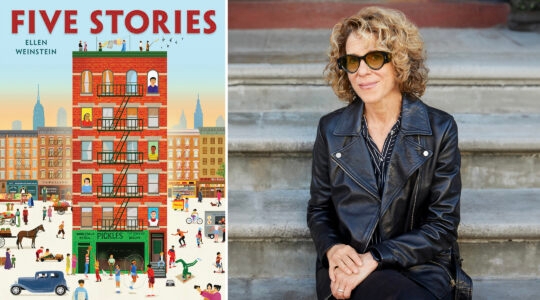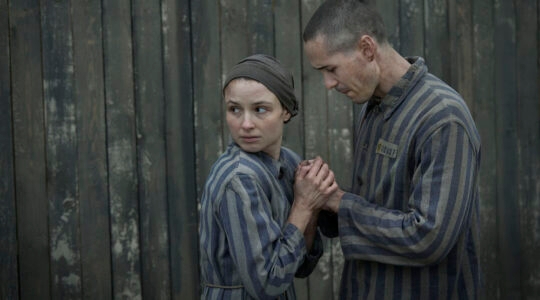
Flash90
Miriam Shaviv, of London’s Jewish Chronicle, offers her take on a growing trend:
In the past few months, reports have emerged of more than 100 Orthodox Israelis who have taken to wearing a Muslim-style burka, in the belief this will bring about redemption. They can be seen in Orthodox areas of Tiberias, Safed and even Jerusalem, and are mostly followers of Rabbanit Bruria Keren, a mother of 10 from Ramat Beit Shemesh.
According to the newspaper Ha’aretz, she rarely leaves her home and speaks only for four hours a week to offer “alternative therapy” to her followers.
Some wear more than 10 layers of clothing, including dark socks, with the ends cut off, over their hands. They never wear heels, lest the noise attracts attention.
What to make of this?
By donning the burka, they are making themselves invisible, effectively non-persons. Modesty, for them, is not participation in the world, while de-emphasising their physicality – as it is in halachah – but complete self-effacement, to the point of self-obliteration. They have no faces. Some have no voices. A few have no existence outside the home.
Shaviv notes that “some bloggers have cited parallels to eating disorders.”
Both anorexics and the burka women are denying their bodies in order to make them “disappear”. Both are reacting to unattainable cultural ideals, be they size-zero thinness or increasingly stringent standards of modesty in the Charedi world, by taking them to an obsessive extreme. And anorexia is often understood to be a desperate way for women to assert control over at least one aspect of their lives. Surely, wearing a burka or vowing silence can be construed similarly.
According to Shaviv, the “frumka” is the logical extension of two clear trends in the frum world: increasingly stringent standards of modesty that require increasing effort to follow and a redefinition of modesty to be about keeping women, and images of women, away from men.
Open a Charedi newspaper, and there are either no images of women, or they are blacked out. In the past few years, several women have been beaten up in Jerusalem because they would not move to the back of the bus in Charedi neighbourhoods; a top rabbi in Bnai Brak asked women to leave before the end of shul so they did not mingle with men following davening; that same town has a street with separate sides for men and women; separate shopping hours are not unknown.
Just last week, a sheitel shop in New York was boycotted for refusing to remove headshots of women wearing wigs from its window.
In conclusion, Shaviv argues, Orthodox women are “already being pushed out of the public sphere.”
The rabbis may not understand the Pandora’s Box they have opened, but the jump from the Brooklyn sheitel store to the burka-wearers in Israel is not that great.





